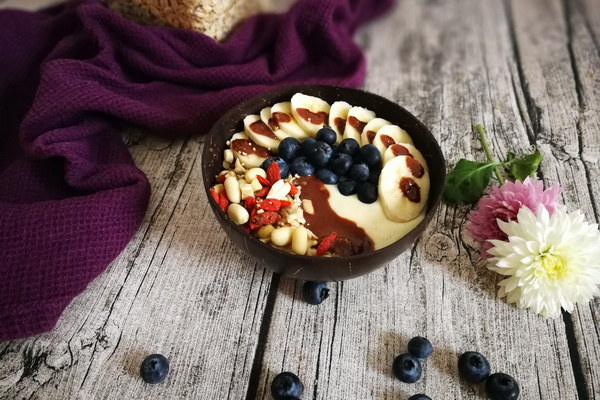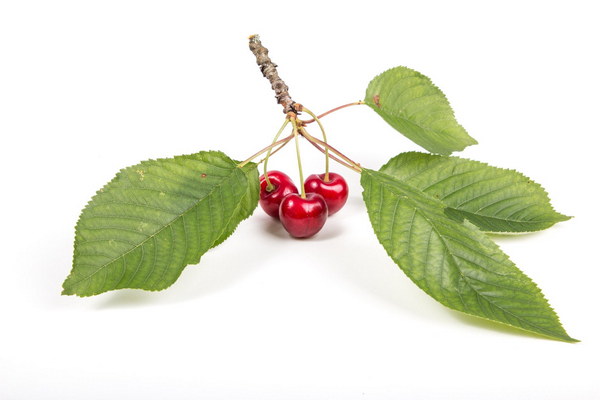How Often Should You Undergo Ultherapy Treatments for Optimal Results
Introduction:
Ultherapy, a popular non-surgical cosmetic treatment, has gained significant attention for its ability to tighten and lift the skin without the need for surgery. With its growing popularity, many individuals are curious about how often they should undergo Ultherapy treatments for optimal results. In this article, we will explore the recommended frequency of Ultherapy sessions and provide you with valuable insights to make an informed decision.
Understanding Ultherapy:
Ultherapy is an innovative cosmetic treatment that utilizes focused ultrasound energy to stimulate the production of collagen and elastin in the skin. This process helps to tighten and lift the skin, reducing the appearance of wrinkles and fine lines. The treatment targets the deeper layers of the skin, providing a natural lift without any downtime.
Frequency of Ultherapy Treatments:
The frequency of Ultherapy treatments can vary depending on individual factors such as age, skin condition, and desired outcomes. While some individuals may experience visible results after a single session, others may require multiple sessions for optimal results.
1. Initial Treatment:
The initial Ultherapy treatment is typically recommended every 12 to 18 months. During this session, the skin is lifted and tightened, and the foundation for future treatments is established. It is important to note that the duration of results may vary from person to person.
2. Maintenance Treatments:
After the initial treatment, maintenance sessions are crucial to maintain the results achieved. The frequency of maintenance treatments can vary, but most individuals find that undergoing Ultherapy every 18 to 24 months helps to sustain the youthful appearance of the skin. These maintenance sessions can be adjusted based on individual needs and the aging process.
Factors Influencing Treatment Frequency:
Several factors can influence the frequency of Ultherapy treatments:

a. Age: Younger individuals with early signs of aging may require less frequent treatments compared to those with more advanced signs of aging.
b. Skin Condition: Individuals with good skin elasticity and minimal sagging may experience longer-lasting results with fewer treatments, while those with more significant skin laxity may require more frequent sessions.
c. Lifestyle: Factors such as smoking, excessive sun exposure, and a poor diet can accelerate aging and reduce the longevity of Ultherapy results. Individuals with a healthy lifestyle may experience longer-lasting results and may need fewer maintenance treatments.
d. Desired Outcomes: The desired outcome also plays a role in determining the frequency of treatments. If individuals seek significant lifting and tightening, they may require more frequent sessions compared to those seeking subtle improvements.
Conclusion:
Ultherapy is a powerful non-surgical treatment that can provide long-lasting results when performed at the right intervals. While the initial treatment is recommended every 12 to 18 months, maintenance sessions every 18 to 24 months can help sustain the youthful appearance of the skin. It is important to consult with a qualified professional to determine the optimal frequency of treatments based on individual factors and desired outcomes. By maintaining a regular treatment schedule, individuals can achieve and maintain their desired aesthetic goals.









